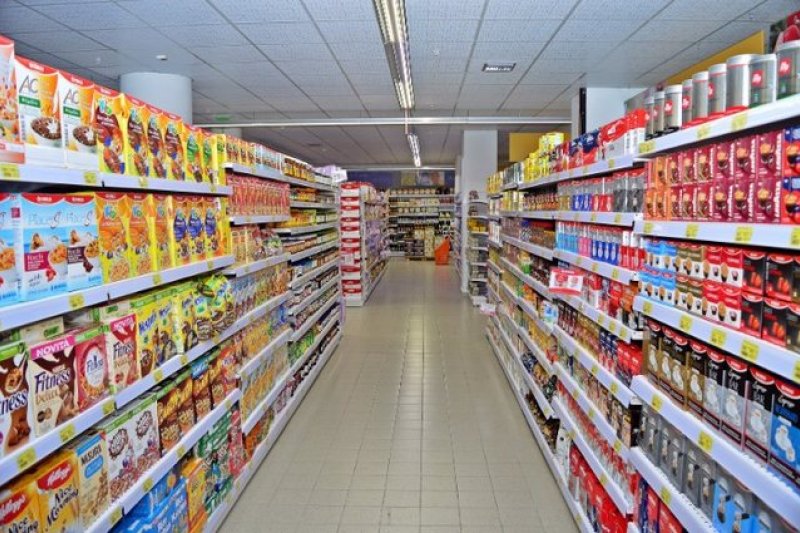Core Inflation to Lowest Level since 2021
Core inflation continues to decline and is now at the lowest levels of the last three years. According to data from the Bank of Albania, in May the core inflation decreased to 2.33%, from 3.2% at the end of last year and 5.41% at the same period a year ago. The increase in core inflation is the lowest since October 2021.
Basic inflation is calculated by the Bank of Albania for a group of goods that account for 69% of the share in the general basket of the Consumer Price Index. Core inflation excludes those products that usually have high volatility, mainly food and energy products. The purpose of calculating core inflation is to strip the overall increase in prices from fluctuations of a shorter-term nature.
Now, core inflation is very close to the inflation level of the full basket of consumer prices, which according to INSTAT for May was 2.2%.
The decline in core inflation is a significant indicator of the expected course of monetary policy. If this trend continues, the Bank of Albania may soon consider returning to the easing direction of monetary policy and lowering interest rates. Currently, Albania has an interest rate of 3.25%, still among the lowest in Europe. The strengthening of the lek in the exchange rate and partly the administered energy prices caused the inflationary wave in Albania to be significantly lower compared to other European countries. Among other things, this enabled a smaller monetary tightening and the maintenance of relatively low interest rates.
Already, the fall in inflation has begun to be reflected in the policies of the central bank. In the last two months, the Bank of Albania has intervened to stop the further strengthening of the lek and is keeping the exchange rate of the euro almost fixed, just above the level of 100 lek.
After the last meeting, in May, the Supervisory Council stated that internal inflationary pressures were still worrying and that the drop in inflation in the first part of this year was mainly due to the decrease in import prices. Wage growth also showed signs of slowing down in the first quarter of this year, especially for the private sector.
The decline of the basic component of inflation may be a signal that makes the extension of easing policies closer even in the most conventional instrument, interest rates.
On the other hand, the economy in the first part of this year is registering high rates of credit growth. For the first four months of the year, the new loan for the economy reached the value of Lek 117 billion, increasing by 35% compared to the same period last year. In particular, for the local currency, the new loan recorded a much higher growth, with 64%.
A reduction in interest rates may give further impetus to lending, but a rapid increase in lending is not without risks.
The ratio of non-performing loans showed a slight increase in April. According to data from the Bank of Albania, this indicator increased to 4.82%, from 4.64% in March. This was the first increase in the NPL ratio since January.
According to the analysis of the Bank of Albania, the increase in the ratio of non-performing loans seems to be mainly an effect of the increase in interest rates in euros. The segment where the increase in problem loans has been observed is mainly the loan for the purchase of real estate in euros, especially in the segment of individuals.
Developments in the real estate market and bank loans for properties have been assessed with concern by the International Monetary Fund (IMF). In the last statement for Albania, in January of this year, the IMF suggested to the Bank of Albania the establishment of a countercyclical capital increase for the banking sector, mainly oriented towards curbing the rates of lending for real estate.













